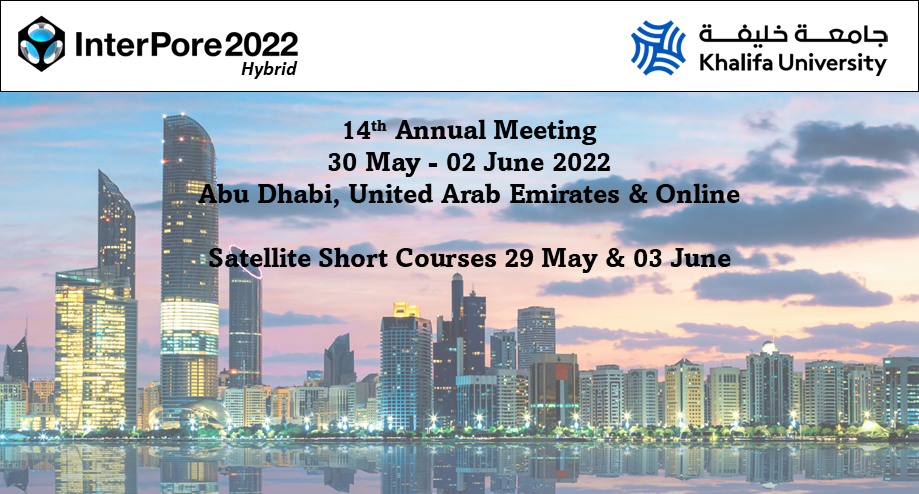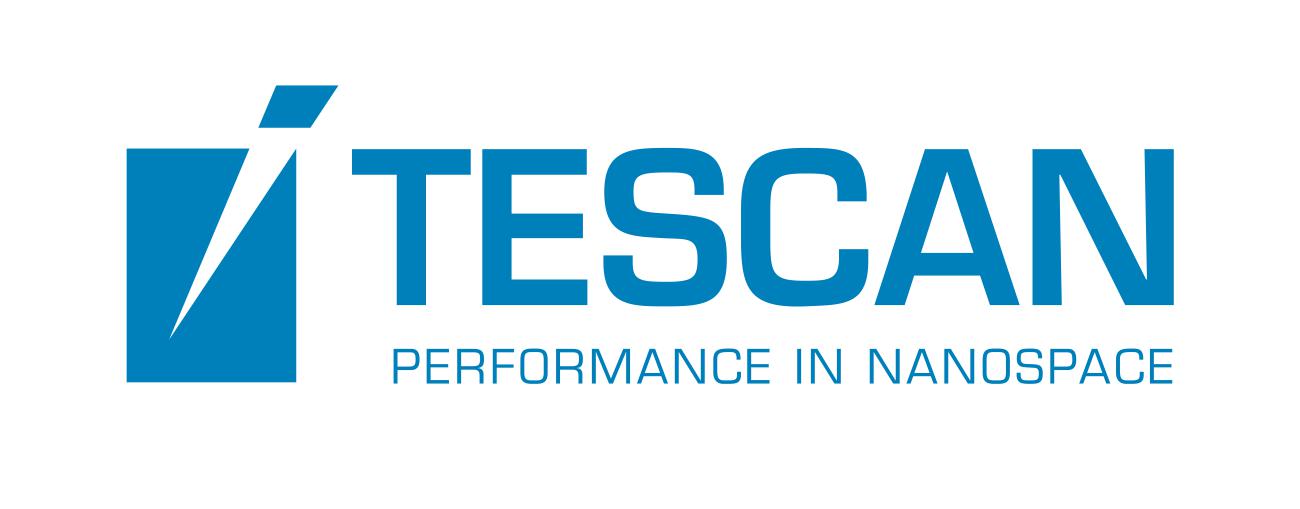Speaker
Description
Microfluidic devices allow direct observation of multiphase flow in porous media. However, as a direct representation of flow in the 3D pore networks of geological formations, conventional microfluidics face a challenge in representing steady two-phase flow without fluctuating occupancy of locations in the network. In a separate presentation (Cox et al., 2022) we show that such flow is possible in networks with concave pore throats, such as between cylindrical solid pillars. Here we investigate the range of relative permeabilities possible in such a two-phase flow without fluctuating pore occupancy.
We use phase configurations at capillary pressures at which such two-phase flow is possible (Cox et al., 2022), determined using the Surface Evolver program. Then, using COMSOL software, we solve for conductivity for flow through pores and pore throats in different phase configurations: fully saturated with wetting phase; occupied by nonwetting phase with wetting phase occupying the corners around pillars; and at bridges where two phases cross flow paths at pore throats. Such crossings are necessary for steady flow in 2D microfluidic networks (Cox et al., 2022). The wetting phase must also navigate around pore bodies occupied by nonwetting phase through connections between corner regions occupied by wetting phase at the top and bottom of pillars (shown in attached figures). This work is an extension of previous work (Rossen et al., 2020) that used crude estimates of interface shapes in these cases.
We compute the overall conductivity for each phase through a 32x32 network with pore throats between pillars, using wrap-around boundary conditions. We begin with invasion percolation of the network by nonwetting phase, which disconnects the wetting phase. We then model re-imbibition of the wetting phase until its flow path is reconnected by bridging. We do so using the conductivities determined from COMSOL for segments of the complex network paths occupied by each phase. We repeat the calculations for 12 realizations of the network.
Relative permeabilities for both phases are extremely low. Moreover, the fractional flow of wetting phase that can be maintained is low, especially in gas-liquid flow. In addition, large pressure differences occur at pore throats blocking large stagnant clusters of nonwetting phase, providing another mechanism for fluctuating occupancy of pores and pore throats.
References
S. Cox, et al. Challenges for Microfluidic Devices in Representing Flow in Geological Formations. ms. submitted to J. Colloid Interface Sci., https://arxiv.org/abs/2108.05144
W. R. Rossen, et al., Conditions Allowing Steady Two-Phase Flow in Microfluidic Devices. Presentation at InterPore Annual Conference, Qingdao, China, 2020
| Participation | In person |
|---|---|
| Country | Netherlands |
| MDPI Energies Student Poster Award | No, do not submit my presenation for the student posters award. |
| Time Block Preference | Time Block B (14:00-17:00 CET) |
| Acceptance of the Terms & Conditions | Click here to agree |









